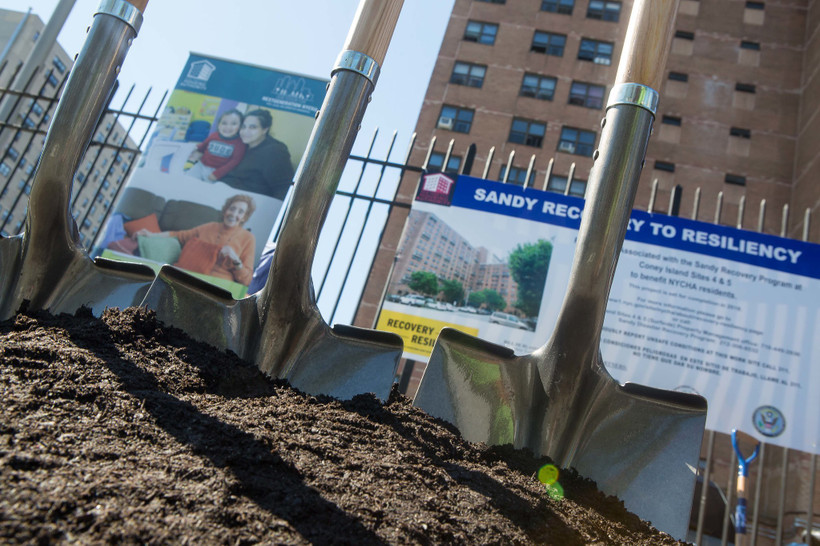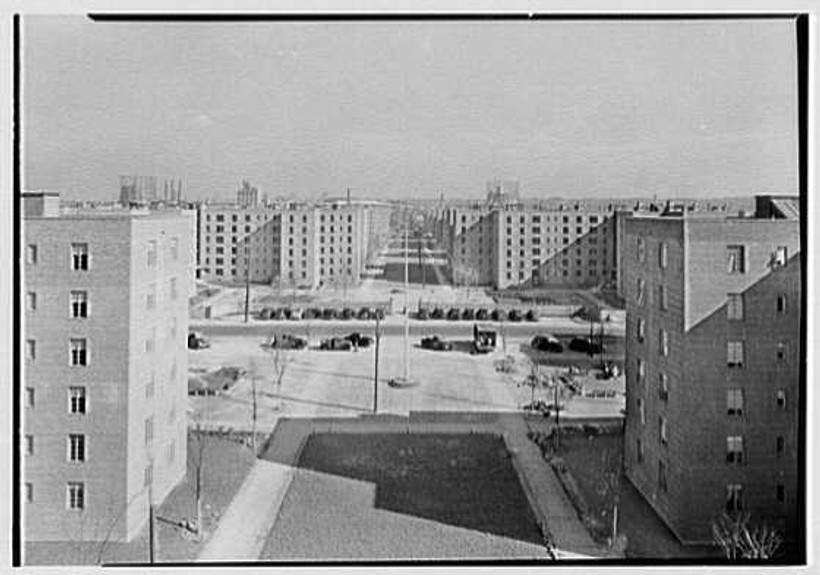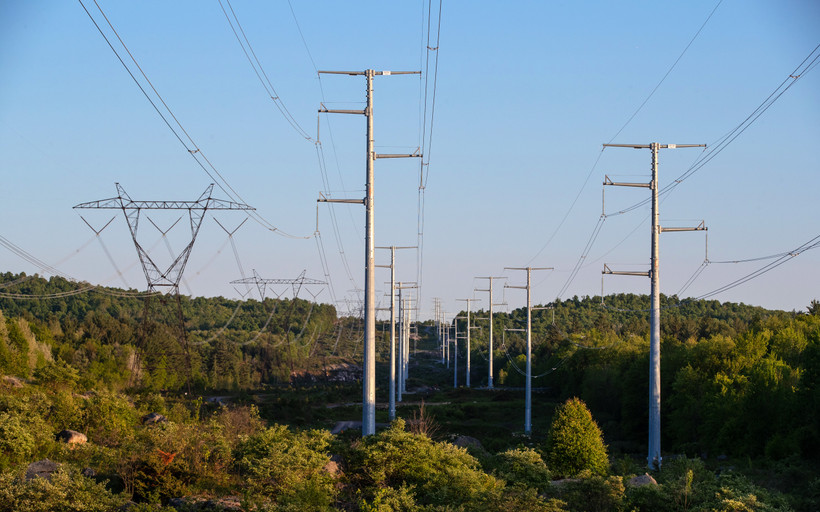NYCHA’s Rehab Push Brought Jobs — Just Not for Its Residents
Under federal law, the public housing agency is required to hire low-income tenants. Records show it has often missed the mark.



Previously unreleased disciplinary files expose officers who beat, slap, and pepper spray the residents they’re supposed to protect. Most are back at work within a month.
Referencing a New York Focus story, Assemblymember Jessica González-Rojas introduced legislation to prevent public agencies from naming the medically discredited condition in their reports.
In the New York City teachers union, anger over a plan to privatize retiree health care could send a longshot campaign over the edge.
The Assembly and Senate want to beef up labor standards and farmland protections for clean energy projects. Developers say that would slow down the energy transition.
State investigators accused the gas utility of “sloppiness” in managing customer funds, but took a light touch in enforcement.
What are industrial development agencies?
As real estate developers resist wage guarantees and try to roll back tenants’ rights, a potential budget deal is at an impasse.
The county is ready to restart real estate subsidies after a two-year pause. Residents fear it won’t fix their housing crisis.
The governor and the Senate have aligned on large swathes of the NY HEAT Act. The Assembly might be ready to move on it, too.


